More info
San Diego—A retrospective study of anesthesiologists at a large academic medical center has shown a significant difference between perceived work hours per shift and actual worked hours per shift. According to data presented at the 2016 American Society of Anesthesiologists Practice Management meeting, the study also demonstrated a 5,686-hour shortfall in actual work hours to expected (i.e., calculated) work hours.
“Relying solely on self-reported work hour survey data could lead a practice manager to believe that staffing is insufficient when, in fact, our study demonstrated an expected work hour difference that amounts to more than five full-time equivalent [FTE] employees,” said Trent Emerick, MD, an anesthesiologist at University of Pittsburgh Physicians.
“One way to improve operating efficiency would be to identify those personnel with a high variance between actual coverage hours and expected hours as opposed to reflexively hiring additional staff.
“Given the desire of any practice manager to understand the staffing strains on their employees, it is important to determine how well self-reported worked hours match actual calculated work hours,” he added.
Study Design and Results
For this single-institution study, Dr. Emerick and his colleagues, under the direction of Mark Hudson, MD, retrospectively obtained shift data from the first two quarters of fiscal year 2015 for 39 staff anesthesiologists. These data were based on billing data, scheduled in-house shifts and pager calls.
Additional accounting for nonbillable in-house activities, such as required PACU coverage, transplant wait times and transplant cancellations, also were included.
Coverage expectations were assumed to be five days per week at 10 hours per day (or 2,300 expected work hours per year based on 46 total workweeks per year) for a 1.0 FTE anesthesiologist. The average expected work hours adjusted for vacation, meeting time and leave of absence was 843.90 ± 254.26 hours.
Each anesthesiologist was asked to complete an anonymous survey to identify his or her total weekly perception of work hours and his or her clinical FTE.
As Dr. Emerick reported, 14 faculty (35.9%) met the expected (calculated) coverage hours for the six-month period, with pager calls fully valued. However, total average actual coverage fell short of calculated, expected hours.
“If you combine the actual work hours of all 39 employees, they were almost 5,700 hours short of calculated work hours,” said Dr. Emerick, “a shortfall which equals more than five full-time anesthesiologists.”
The average in-house shift was 7.5 hours, whereas the anesthesiologists surveyed indicated that their average shift was 12.9 hours.
Perception Versus Reality
According to Dr. Emerick, there are several possible reasons for these discrepancies, including a desire to self-report positive numbers, memory bias and something called the Von Restorff effect, by which someone selectively remembers the longest or worst shift experience and normalizes that experience for all shifts.
In Dr. Emerick’s opinion, this disconnect between perception and reality highlights the limited applicability of self-reported survey data.
“This shows that survey results for work hours, regardless of whether it’s anesthesia or not, are sometimes unreliable,” he said.
Results Prompt Changes
Dr. Emerick and his colleagues have already used these data to shift resources. “This data was used to alter anesthesiologists’ call coverage at the given hospital,” said Dr. Emerick.
“Practice managers can take something like this back to their practice to help improve staffing models. When you have hard data, they help to prove the point,” he explained.
Dr. Emerick and his colleagues are planning additional studies to identify specific team-based discrepancies in perceived to actual work.
“It would be nice to try to continue this research and expand it,” he concluded. “You could apply this same principle at almost any major clinical hospital.”
Joy Hawkins, MD, director of obstetric anesthesia and program director of anesthesiology at the University of Colorado School of Medicine, Anschutz Medical Campus, in Aurora, presented Dr. Emerick the prize for best research poster on behalf of the Foundation for Anesthesia Education and Research.
“I strongly suggest you read Dr. Emerick’s research,” Dr. Hawkins told the audience.
“The difference between what we think we’re doing as clinicians and what we’re actually doing is most interesting.”
